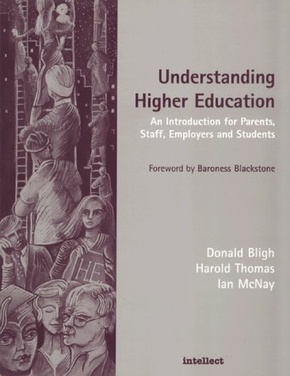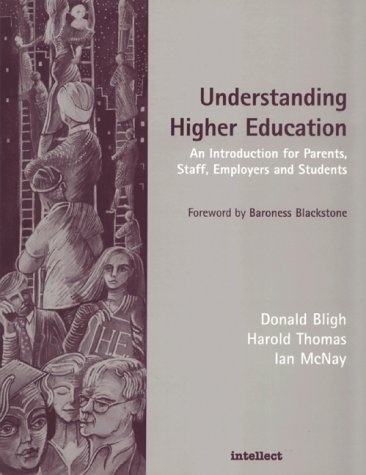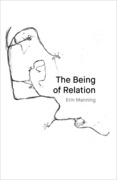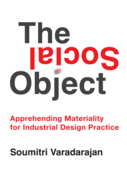Understanding Higher Education (Book)
The development of Higher Education is taking place at a phenomenal pace, and this book is set to be a guide for ALL the different groups of people who need to understand the consequences of the changes in the years to come.
Edition
Donald Bligh is an Honorary Research Fellow at the University of Exeter, and formerly Director and Professor of Continuing Education at the University of Dundee. He has been Chairman of the Society for Research into Higher Education and maintains several consultancies on staff appraisal, training and professional development at University level.
Foreword [v]
Preface [vii]
Glossary [ix]
CHAPTER 1 Some Misconceptions [1]
I You get long holidays
II You've one job, not two
III Higher education is like school
IV Students are irresponsible libertines
V It's all theory, not practical
VI Higher education sponges on the taxpayer
VII Only students and their parents benefit from higher education
VIII So what's higher education really like?
CHAPTER 2 What is Higher Education for? [7]
I To develop attitudes and emotional integrity
II To cultivate the intellect
III Employment
IV To develop culture and standards of citizenship
V Knowledge and research as a national resource
VI To provide an adaptable workforce with a broad range of skills
VII Aims from other perspectives
CHAPTER 3 How the System Developed [16]
I The principles of higher education come from ancient Athens
II Medieval knowledge came from authorities and contested discussion
III The growing freedoms of expression, opinion, observation and criticism
IV The struggle to establish science, technology and practical subjects
V Government responsibility for finance and the "buffer principle"
VI The age of expansion
VII The age of equality
VIII The age of efficiency
IX The age of excellence
CHAPTER 4 Understanding the New Higher Education System [33]
I Oxbridge
II Other collegiate universities
III Older civic universities
IV Newer civic universities
V Post-war universities
VI Post 1992 universities
VII Other institutions
CHAPTER 5 Is it Worth Entering Higher Education? [39]
I What does it cost?
II What is the case for loans?
III What are the benefits?
CHAPTER 6 Students in the System: access and participation [46]
I How many students are there?
II Getting in
III A closer look at a varied picture
IV The benefits from accepting foreign students
V Are there too many students?
VI What are students like?
VII Local differences
VIII The admissions procedure
CHAPTER 7 Ways of Learning [61]
I Understanding why students behave as they do
II Planning the use of time
III Effective reading
IV Learning from lectures
V Note-taking
VI The importance of discussion
VII Personal learning
VIII Where to get help
IX Conclusion
CHAPTER 8 Assessment of Students [78]
I There's a fundamental problem when assessing students
II The purposes of assessment
III Problems of validity
IV The unreliability of assessments
V Some factors related to examination performance
VI The need to diversify assessments
VII Implications
VIII Conclusion
CHAPTER 9 Projects and Research [90]
I We should all be researchers now
II Twelve typical stages in research
III The lonely life of the postgraduate research student
IV The funding of academic research
V Conclusion
CHAPTER 10 What Academic Freedom is, Why It Matters [104]
I The general and special arguments
II Some assumptions
III Distinguishing various freedoms that are claimed
IV Which of these claims are justified?
V Why does academic freedoms matter?
CHAPTER 11 Pressures for Accountability [110]
I Who are the stakeholders and how have they affected higher education?
II How has the demand for greater accountability been met in practice?
CHAPTER 12 The Government and Finance of Institutions [117]
I The general character of academic management
II Academic departments
III Faculties
IV Senates and academic boards
V How the money comes and goes
CHAPTER 12 What are Academics Really Like? [126]
I Some misleading impressions
II The changing composition of British academe
III Understanding how academics think
IV Academic life - what is it like?
V Staff development in higher education
VI Conclusion
CHAPTER 14 The Shape of Things to Come [138]
I The inevitability of change
II The wider world
III The higher education world - policies and tendencies
IV Conclusions and choices
INDEX [148]














